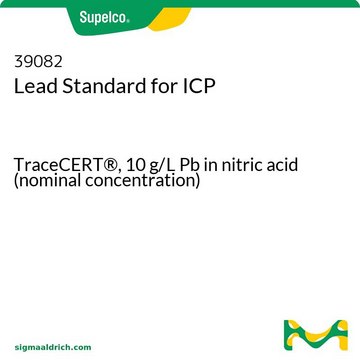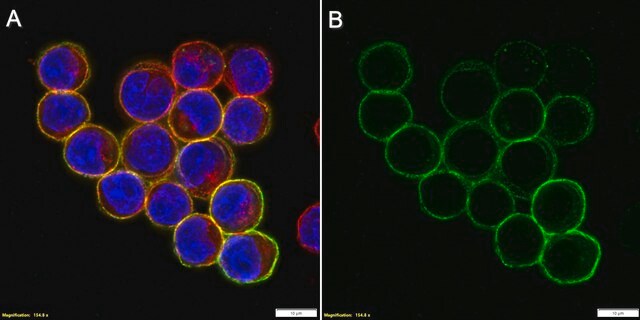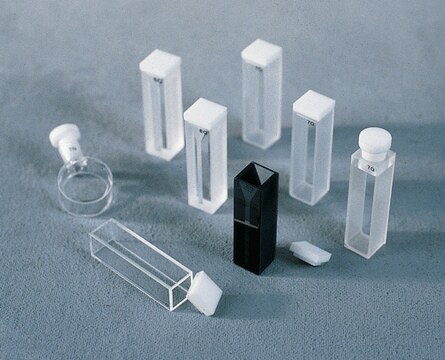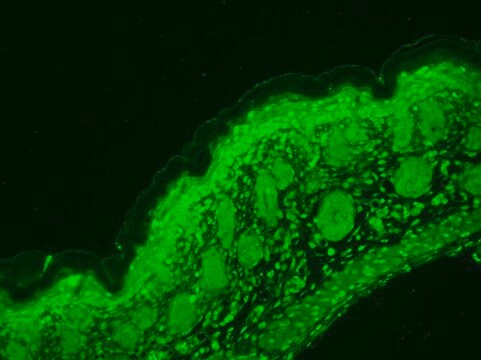MAB427-C
Anti-Cav1.1 alpha1s Antibody, clone 1A, Ascites Free
clone 1A, from mouse
Synonym(s):
Voltage-dependent L-type calcium channel subunit alpha-1S, Calcium channel, L type, alpha-1 polypeptide, isoform 3, skeletal muscle, Voltage-gated calcium channel subunit alpha Cav1.1
About This Item
IF
IHC
IP
WB
immunofluorescence: suitable
immunohistochemistry: suitable (paraffin)
immunoprecipitation (IP): suitable
western blot: suitable
Recommended Products
biological source
mouse
Quality Level
antibody form
purified antibody
antibody product type
primary antibodies
clone
1A, monoclonal
species reactivity
plant, human, rabbit, mouse
technique(s)
immunocytochemistry: suitable
immunofluorescence: suitable
immunohistochemistry: suitable (paraffin)
immunoprecipitation (IP): suitable
western blot: suitable
isotype
IgG1κ
NCBI accession no.
UniProt accession no.
shipped in
dry ice
target post-translational modification
unmodified
Gene Information
human ... PPP1R15A(23645)
General description
Specificity
Immunogen
Application
Neuroscience
Ion Channels & Transporters
Quality
Western Blotting Analysis: 1.0 µg/mL of this antibody detected Cav1.1 alpha1s in 10 µg of Jurkat membrane extract.
Target description
Physical form
Storage and Stability
Handling Recommendations: Upon receipt and prior to removing the cap, centrifuge the vial and gently mix the solution. Aliquot into microcentrifuge tubes and store at -20°C. Avoid repeated freeze/thaw cycles, which may damage IgG and affect product performance.
Other Notes
Disclaimer
Not finding the right product?
Try our Product Selector Tool.
Storage Class Code
12 - Non Combustible Liquids
WGK
WGK 2
Flash Point(F)
Not applicable
Flash Point(C)
Not applicable
Certificates of Analysis (COA)
Search for Certificates of Analysis (COA) by entering the products Lot/Batch Number. Lot and Batch Numbers can be found on a product’s label following the words ‘Lot’ or ‘Batch’.
Already Own This Product?
Find documentation for the products that you have recently purchased in the Document Library.
Our team of scientists has experience in all areas of research including Life Science, Material Science, Chemical Synthesis, Chromatography, Analytical and many others.
Contact Technical Service








